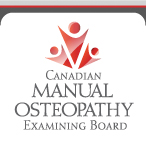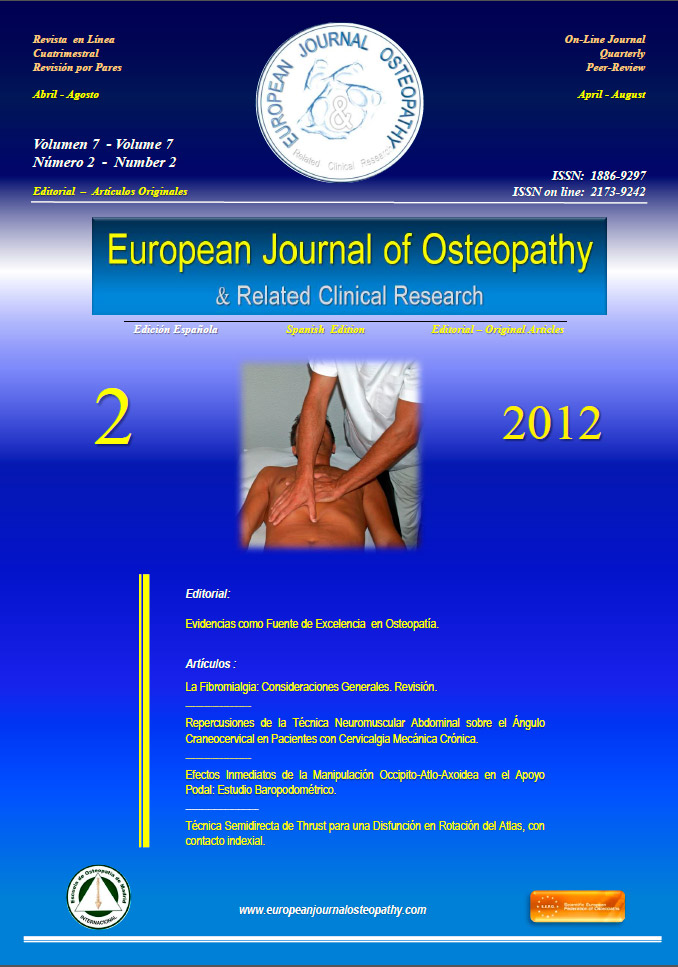By Lavinia Plonka
Traveling can cause stiffness and discomfort for many of us. The following small Awareness Through Movement sequence can help passengers maintain flexibility—whether on an airplane or in a car.
If it’s comfortable, slide forward a bit in your seat, so that your back is away from your seat back and your feet are flat on the floor. Adjust your seat belt if necessary. Make sure your seat back is in an upright position. Sense the weight of your sitting bones sinking into the seat. You can feel them by putting your hand on one or both sides of the bottom of your pelvis and pressing down into your hand. Notice each side. Is one side heavier than the other? Do they feel straight across from each other? Or is one more forward or back than the other? Don’t worry about trying to correct it. Just notice. If your hands are underneath you, remove them and rest them comfortably in your lap. Shift your weight over to your right sitting bone and then return.
Repeat this movement several times. Does your torso tilt over to the right as if it was a stick, or does your trunk stay in the center, while your pelvis moves underneath you? Can you feel your feet on the floor? Do you feel any shifting of weight in your feet? Can you do this movement without lifting your heels off the floor? If you don’t feel anything, that’s OK, these sensations are subtle and when you’re feeling stiff, sometimes they’re not as obvious. Turn your attention to your ribs. Are they moving, or still?
Now let it go and just rest. You can rest by leaning back in your seat if you wish. Return to the position where your feet are flat on the floor. Try shifting your pelvis over towards the left sitting bone. Shift to the left and back to neutral several times. Keep it light, make it an exploration. Does it feel different on this side? Easier? More difficult?
Let the movement go and rest, leaning back in your seat if you wish. Come forward on your seat again. Begin to rock your pelvis back a little. It doesn’t have to be a big movement at all. Tilting your pelvis back kind of feels like you’re schlumping over. It’s what so many of us do when our backs are tired after sitting at a computer all day. The bottom of your tailbone moves a little forward and your lower back rounds a bit. Pull your abdomen in towards your spine, not as if you were doing crunches, but as if you wanted to press your belly to your back. This will help round the lower back.
Now rock the other way. When you tilt your pelvis forward it means that your lower back arches a bit and your tailbone goes a bit backward. You might want to expand your abdomen a bit in this direction. Even though we’ve been taught that you’re always supposed to hold your stomach in, the truth is that at times, intentionally pushing out your abdomen can provide greater power and flexibility.
Begin to alternate, tilt your pelvis forward and back several times. As you round your back, you can raise your heels off the floor if you wish, increasing the tilt in your pelvis if it’s comfortable. As you raise your heels, it’s easier for your pelvis to tilt backwards. Notice your breathing—do you inhale, exhale, or hold your breath as you tilt? Try varying how you breathe and see if it makes a difference as you tilt your pelvis. As you continue doing the movement, do you notice any change in the shape of your upper back? Does it stay straight, or does it want to round and arch somewhere? What does your head want to do? Is it looking straight ahead? Do you want to look down towards your navel? Do you want to look up? Try each way and see if there is one direction that feels better than the others. Then let it go and rest.
Come forward in your chair again. This time as you move your pelvis forward, intentionally let your head look up a little. As you return your pelvis to neutral, bring your head back to neutral. As you round, intentionally lower your head to look at your navel. Try this movement several times. Remember to keep it small. See if you can tune in to what’s taking place between your pelvis and head. You might feel your back arching and rounding a bit. Or you might feel that the front of you is expanding and collapsing—or both as the same time.
Take a rest. As you are relaxing, just take note of how it feels to sit in your seat right now. Has anything changed?








 4:38
4:38
 Daniel Enriquez de Guevara
Daniel Enriquez de Guevara




























.jpg)






















0 comentarios :
Publicar un comentario